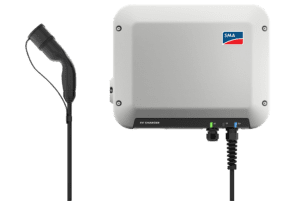Wallbox Guide
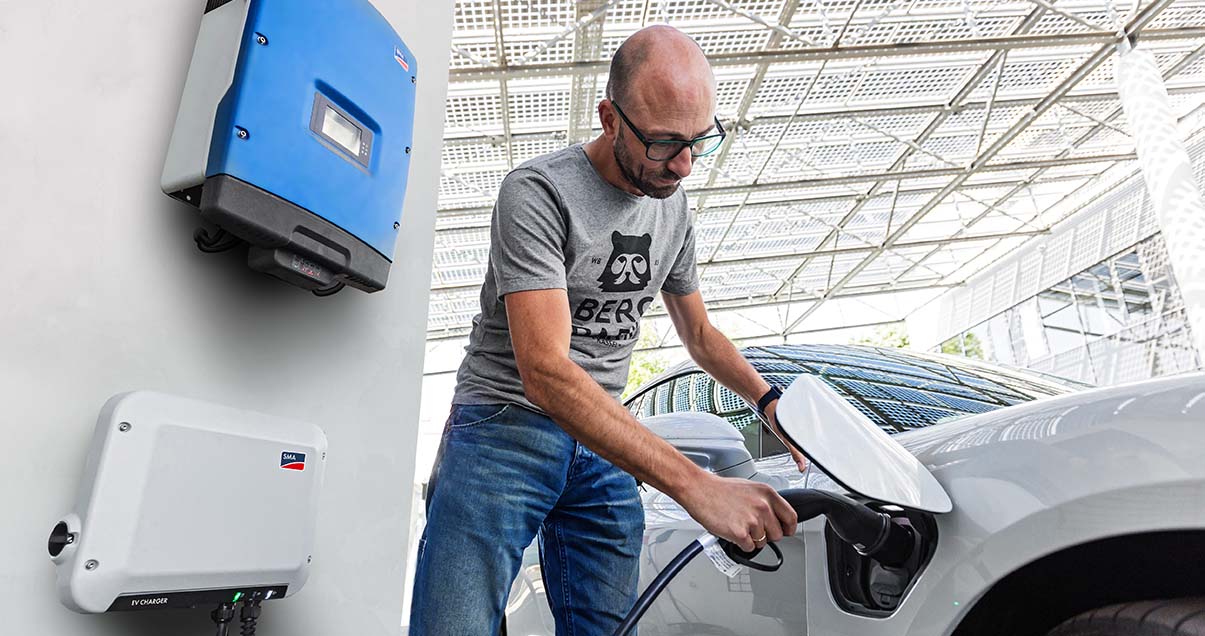
The trend towards electric cars continues unabated. But when a buyer is on the cusp of ordering one, if not before, various questions arise concerning charging at home. How does a wallbox actually work? How long does a charging process take? Can I connect the wallbox to my PV system at a later date? In our detailed wallbox guide, you will find expert advice concerning your charging station.
What is a wallbox and how does it work?
“Wallbox” denotes a charging station for electric cars that is usually private and is mounted on a wall either indoors or outdoors. It has one or two charging points (type 2) to which a vehicle can be connected. To start the charging process, you need either a key or a card. The control unit of the wallbox is known as the electric vehicle charge controller, or EVCC for short. It communicates with your vehicle while charging is in progress and outputs the status of the charging process on a display.
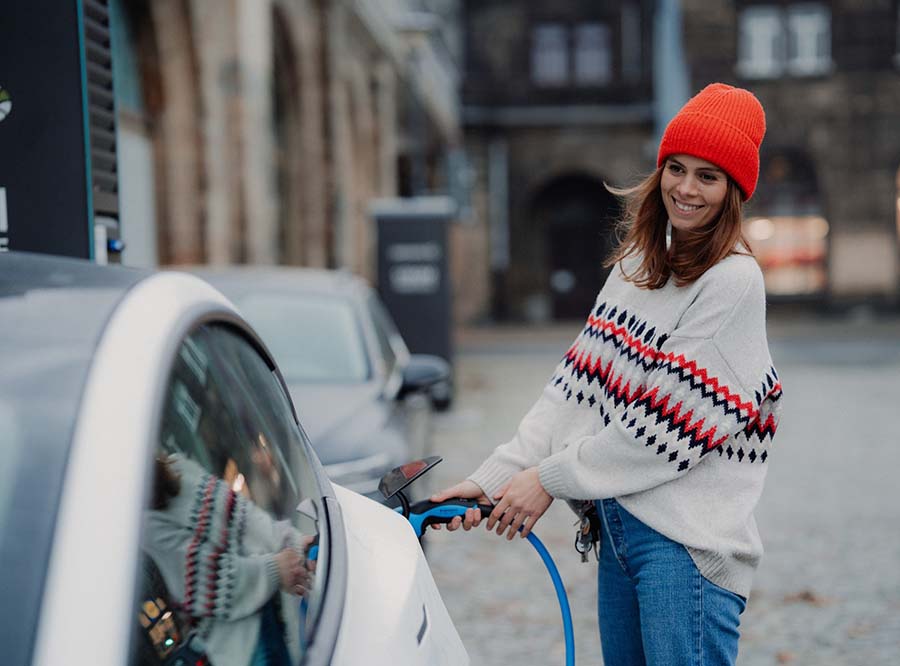
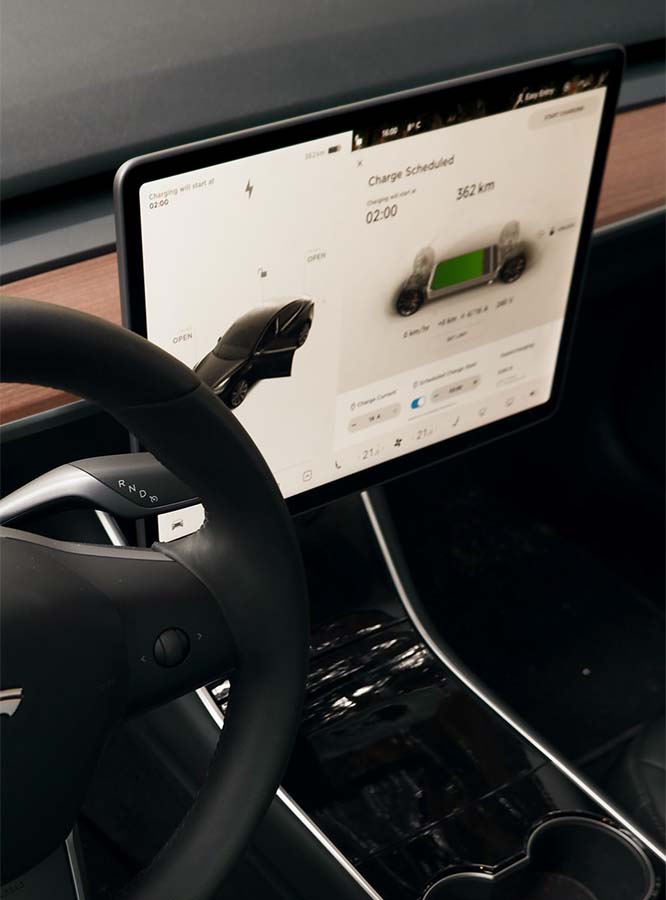
How long does a charging process for an electric car take?
That depends – specifically on the size of the battery and whether you are charging the car using your wallbox, a socket or a rapid charging station. Charging using a socket takes a very long time, while charging at a rapid charging station with direct current does save a lot of time, but also damages the battery in the long run. Where charging is concerned, the wallbox comes out on top, because using it to charge your vehicle is quick and easy on the battery.
You can calculate how long it will take to charge your electric car very easily: divide the battery capacity by the charging power of your wallbox. To charge a Volkswagen e-Crafter (battery capacity of 35.8 kWh) with the boost function of the SMA EV Charger 7.4 / 22, you need only 1.6 hours!
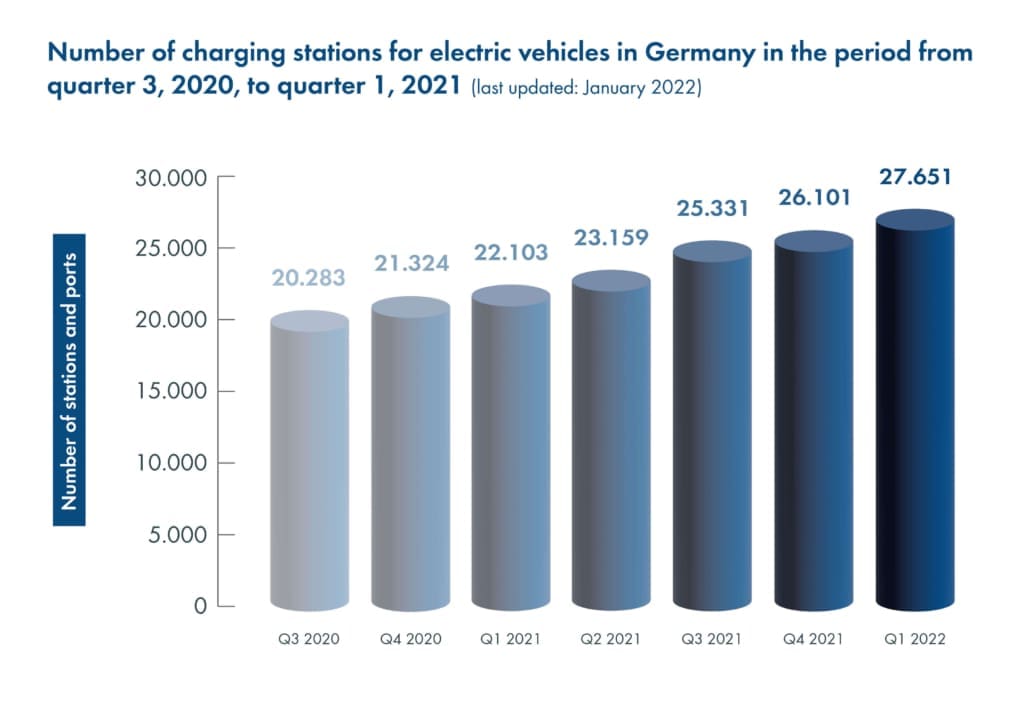
What electricity supply (and cabling) does a wallbox require?
The wallbox is connected to the utility grid at your home or another building via a separate power circuit using terminals. It needs a three-phase current connection with a voltage of 400 V. Charging power of 11 kW is achieved with an electrical current of 16 A. You can achieve 22 kW with an electrical current of 32 A and an appropriate fuse. At charging powers above a constant 22 kW, you need approval from your grid operator. At lower power, all you need to do is register your wallbox. You can obtain advice on all questions concerning the electricity connection and the installation of your wallbox from our SMA Solar professional partners in your area!
„Solar power makes e-mobility genuinely worthwhile! That is why we’ve developed the SMA EV Charger. It enables electric car drivers to charge conveniently and reliably at all times while using the maximum available amount of cost-effective and carbon-neutral solar power“
– Nick Morbach, Executive Vice President of the Home & Business Solutions business unit at SMA.
Source
What is the best location for my wallbox?
Because your wallbox is a valuable device that carries electric current, it should be mounted where it will be protected from the weather (and prying eyes) – so in a carport or, even better, in a garage.
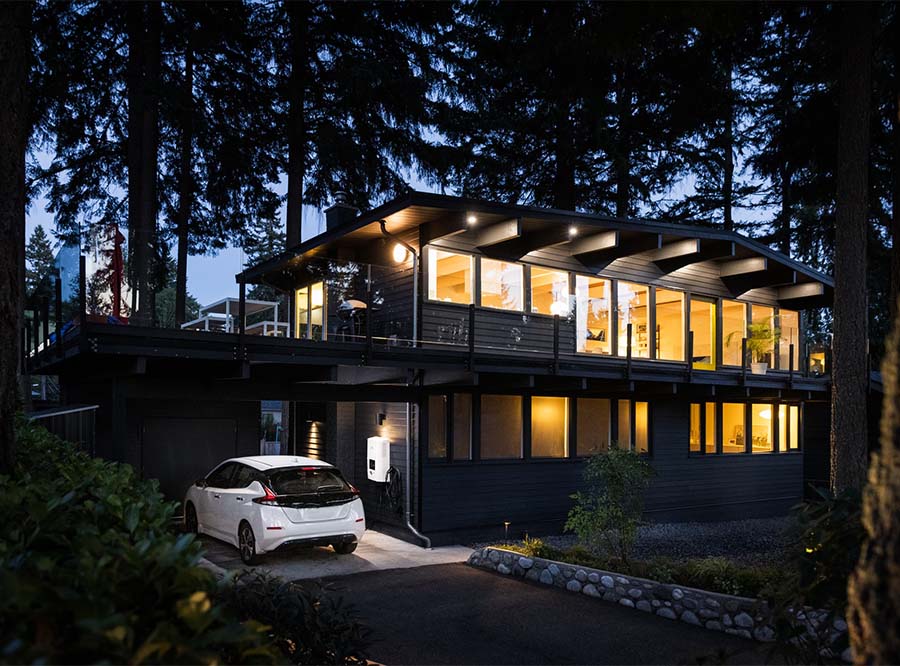
I am a tenant – am I allowed to purchase a wallbox?
I am a tenant – am I allowed to purchase a wallbox?
If you live in rented accommodation, you first need to come to an agreement with your landlord. They cannot simply deny your request for a wallbox but must give good reasons for doing do. You should also discuss whether you will finance the wallbox jointly with your landlord or on your own. Likewise, it is necessary to clarify whether the wallbox needs to be removed after you move out. Owner-occupiers who live in apartment buildings also must not go over the heads of their co-owners to install a wallbox. They must submit an application at the property owners’ meeting. The other owners may then have a say in the location and design of the wallbox.
Can I connect my wallbox to an existing PV system at a later date?
Not all wallboxes have the interfaces necessary for connection to an existing PV system. With its SMA Energy System Home, SMA has developed a tailor-made solution with perfectly harmonized components. That means that you can easily refuel with future-proof solar power.
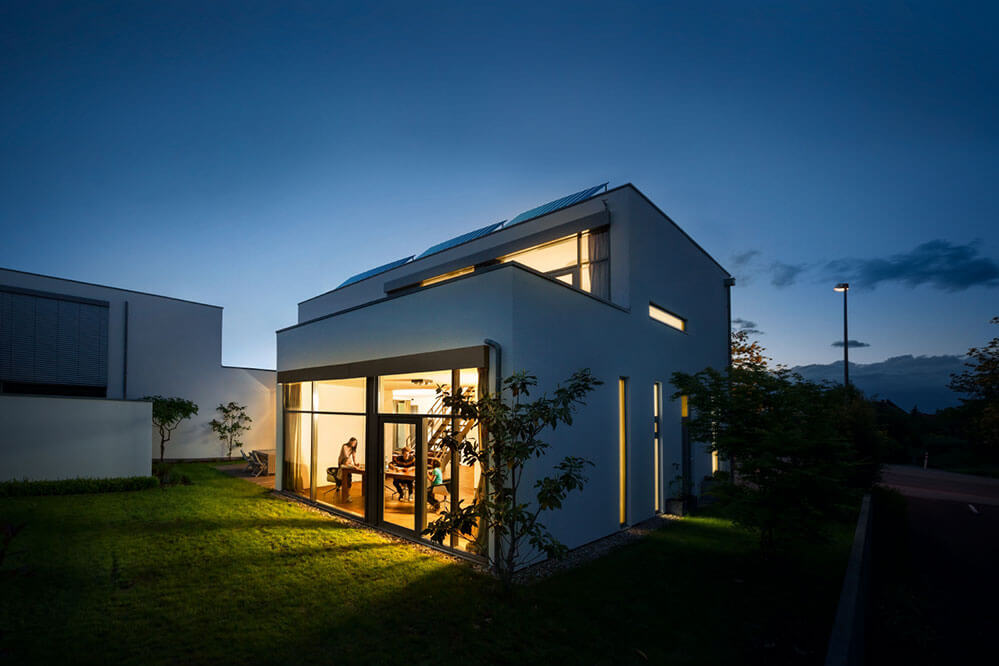
Any further questions?
As a leading global specialist in photovoltaic and storage system technology, the SMA Group is playing a leading role in setting the standards for the decentralized and renewable energy supply of tomorrow. If you have any questions about our products, please do not hesitate to contact one of our SMA Solar professional partners in your area.


